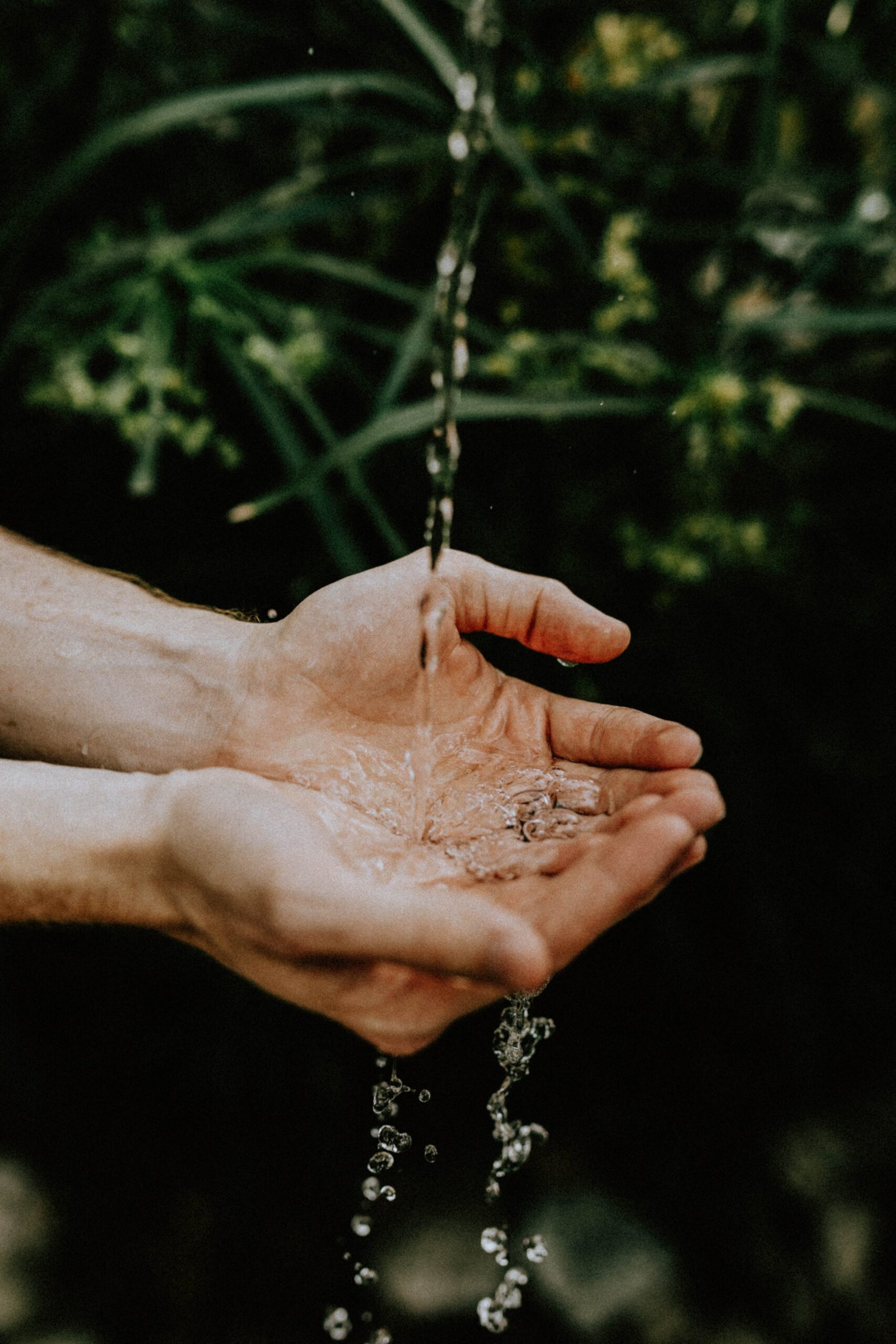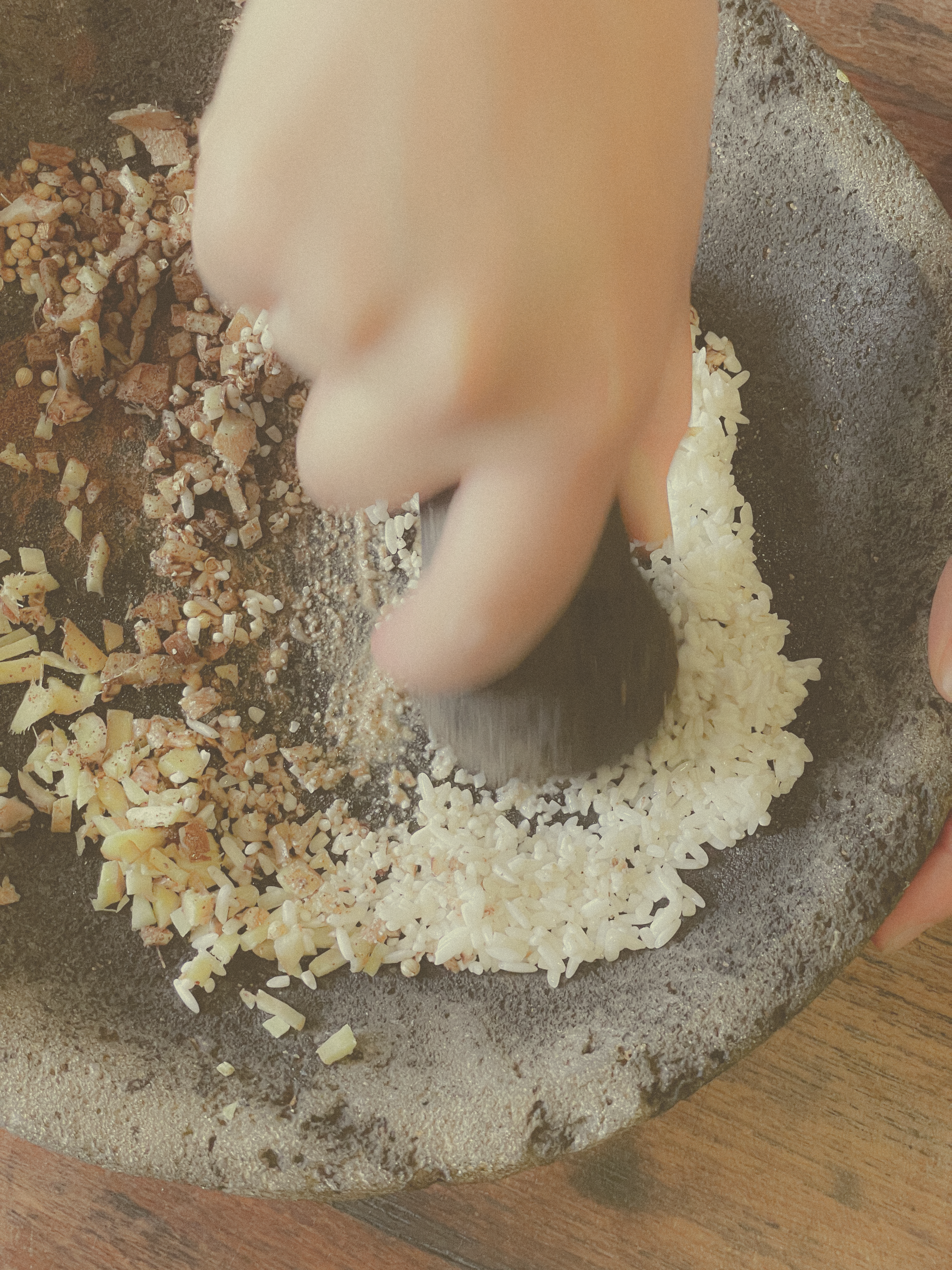Keeping a morning routine or a “dinacharya” is a cornerstone of Ayurvedic Wellness. It is thought to be the foundation for creating a balanced, healthy, and fulfilling life— which if I am not mistaken, is what we’re all after, right?
By taking inspiration from the Ayurvedic dinacharya, you can create a personalized morning routine that works for your lifestyle. Choosing and practicing the wellness rituals that fit your needs will not only put self-care at the forefront of your day, but you’ll also be starting each and every morning living consciously.
Building Your Ayurvedic-Inspired Morning Routine
The traditional dinacharya routine has a lot of steps. After all, this was a practice created before being late to work was something people had to worry about. Don’t feel pressured to take on all the steps right away— it can be however long or however short you’d like it to be.
The Dinacharya Wellness Rituals
Waking Up Early
Ayurveda tells us that we should be up an hour before the sun, meaning around 5 am. If you’re already thinking “no freaking way”, stick with me here. It’s not asking you to sleep less, but rather to go to bed a few hours early to shift your schedule. Being up a couple of hours earlier can change the whole pace of your day.
Warm Lemon Water
In dinacharya you don’t eat breakfast until after your morning routine is complete. Rather your morning menu consists of drinking warm lemon water. This aids healthy digestion and loosens the toxins trapped in your digestive tract.
Washing Face
The next step in the morning routine is washing your face. Like most of the dinacharya rituals, this step is about purifying and detoxing. Start by splashing your face five to ten times with cool water. Then you use an ayurvedic facewash that fits with your dosha.
Netty Pot
If you’re not familiar with a netty pot, it’s a little teapot with salty water for cleaning your nose. Pouring the water into one nostril it comes out the other side, along with all the excess mucus. This simple act supports a healthy upper respiratory system. Along with removing toxins and excess mucous, dust, and pollens.
Tongue Scraping
Another key step in the ayurvedic morning routine is tongue scraping. Do you know that layer of white fuzz on your tongue that builds up overnight? Well, that’s toxins or Ama trying to leave your body. This simple step removes the Ama bacteria from your mouth. It not only helps clean your mouth but also improves your sense of taste.
Oil Pulling
Oil pulling, or Kavala in Ayruvedic texts, has many wellness benefits. It improves oral flora, prevents tooth decay, and alleviates bad breath. Who knew a little swish of oil was all it took to reduce your dental bill? You can use an oil that fits with your dosha- sesame oil for Kapha and Pitta and coconut oil for Vata.
Self Massage
Who wouldn’t want to have a little massage every morning? Even if you’re giving it to yourself, it’s still a nourishing moment of self-love. Depending on your dosa you can pick an oil that aligns with your needs.
Bathe
After lathering yourself up with oil, it’s time to wash it off with a nice warm bath or shower. According to Ayurvedic tradition, in the summer you should use cooler water. In the winter use warmer water.
Yoga
Each morning it’s important to build the mind-body connection. You can do this by adding yoga with asana practice and pranayama (breathwork) to your routine. You don’t need to do an hour of yoga– because let’s be honest who has time for that? Rather 15-20 minutes every morning can go a long way.
Mediation
To end the morning routine, it’s time to clear the mind with some meditation. This will leave you feeling alert, grounded, and ready for whatever the day throws at you.
Making Your Ayurvedic-Inspired Morning Routine
Like I mentioned at the beginning, you don’t need to take on all of the rituals at once. Rather, decide on three rituals that you are most curious about, then commit to doing them daily for a week.
This eliminates the first obstacle that we face daily: deciding what to do in the morning. You’ll know exactly what you need to do when you wake up. Making it easier to stick to it.
At the end of the first week, you can check what’s working for you and what’s not. Then swap or add until you find a morning routine that works for you.
If you’re looking for more wellness inspiration from ancient practices head over to this article on Ancient Wellness Rituals for Modern Living.












One Response